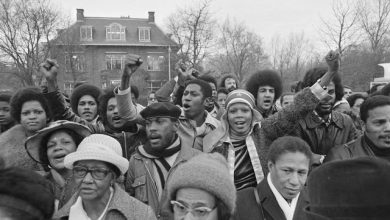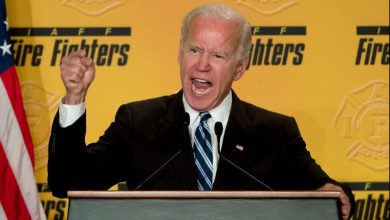OngoingThe Americas
Post Colonial Pre FARC: Colombia’s Bloody History
What circumstances in post-colonial Colombia led to the creation of one of the longest conflicts in our time?
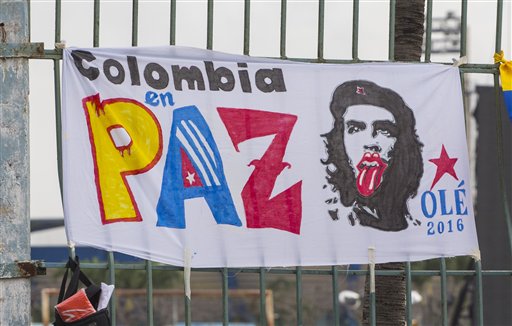
In a letter dated to his mother in 1952, Ernesto “Che” Guevara described the depravity of the Central and South American nations very eloquently. The period of 1948-1958, La Violencia (The Violence in English) is inextricable from the contemporary condition of the struggle of the ruling class with various rebel groups in the country. Out of La Violencia came the FARC (Revolutionary Armed Forces of Colombia), who officially began peace negotiations with the Colombian government in 2012. What is the FARC? How did they come to power? And how is the peace process going? This Marxist revolution is one to be reckoned with.
There is more repression of individual freedom here that in any other country we’ve been to, the police patrol the streets carrying rifles and demand your papers every few minutes, which some of them read upside down. The atmosphere is tense and it seems a revolution may be brewing. The countryside is in open revolt and the army is powerless to suppress it.

The territorially diverse country of Colombia was dominated by a bipartisan political system in the post-Colonial era. The polarized Liberal and Conservative parties reigned an unsurmounted hegemonic rule over the citizens. Although the change of power from colonial to independent removed the elite in power, the shift simply created a new elite class. According to GM Leech resulted in “[peasants fighting] for local landowner, in return for moderate reforms that improved their own lot in life.”
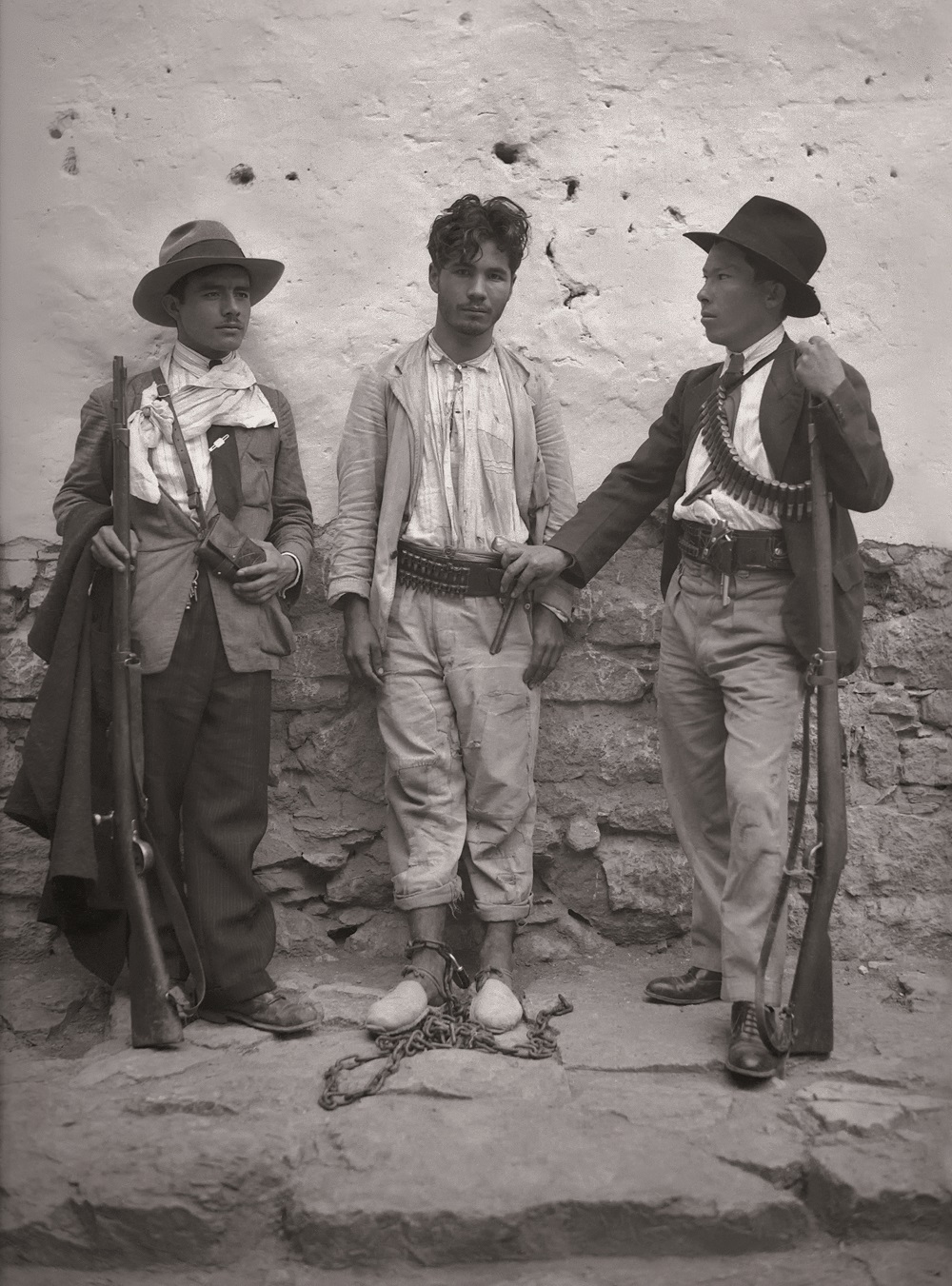
Before the foundation of the FARC, commonfolk began organizing self defense fronts which aimed to break the bipartisan political system. Four major groups, Partido Agrario Nacional, the Partido Socialista Revolutionario, the Union Nacional de Izquierda Revolucionaria, and the Partido Comunista de Colombia (PCC) served as the main factions which organized revolutions of the working class to protect against government sanctioned violence and harmful economic reform. Three major issues plagued landowners in the decades before the revolution: distribution of land disputes, indigenous issues, and disputes over working conditions between landowners and workers. As a consequence, peasants and indigenous peoples formed unions and self-defense organizations both to protect their interests and promote their agendas.
The Banana Revolution
In 1928, the Colombian army engaged in a bloody conflict with members of a local union, where a peasant strike by the United Fruit Company claimed the lives of many of the workers. Incidents such as these were
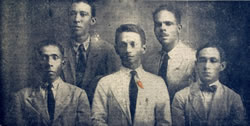
not uncommon, and came to define the longstanding resistance to Colombian government which would eventually end up as the FARC and the struggle for economic independence that the lower and middle class so desperately needed. The revolution was en camino.



